The 1985 Toyota Celica was a quiet disruptor in an era defined by turbochargers, boxy silhouettes, and analog driving thrills. While the world swooned over the Supra, RX-7, and 300ZX, the 85 Toyota Celica GTS carved its own niche—unpretentious, refined, and thrilling in a uniquely Toyota kind of way.
The Celica 1985 GTS was far from being just another Japanese coupe. It embodied a bold leap forward in design, engineering, and affordability that too often flies under the radar in enthusiast circles today.
A Radical Shift: The Move To Front-Wheel Drive
Perhaps the most defining trait of the 1985 Toyota Celica GTS hatchback was its shift to front-wheel drive. Previous Celicas had been rear-wheel-driven, following the sports car orthodoxy of the ‘70s.

'85 Celica GTS.
But 1985 marked the beginning of the fourth-generation Celica (chassis code T160), and with it, a new drivetrain layout. It was a polarizing move—purists balked, while Toyota doubled down on efficiency, predictability, and packaging advantages.
The transition wasn’t merely a mechanical change; it signified a new identity for the Celica. While the 1985 Celica GT and GTS coupe shared some DNA with the earlier generation, their driving dynamics became smoother, more stable at high speeds, and more forgiving for everyday drivers.
The reworked suspension, MacPherson struts up front, and a semi-independent rear end offered a balance of compliance and cornering poise. Though no longer a tail-happy sports car, the 85 Celica GTS was agile, responsive, and, crucially, still fun.
Styling: Sharp Lines And Wind-Tunnel Tested

'85 Celica GT-S.
The 1980s brought with it a love for angular, wedge-shaped aesthetics, and the 1985 Toyota Celica hatchback embraced this with full force. Pop-up headlights, flush glass, and a sleek fastback profile gave the 1985 Toyota Celica GTS a futuristic appearance that turned heads in showrooms and on the street.
This design wasn't just visual flair; it was sculpted with aerodynamics in mind. Toyota’s engineers had spent considerable time in wind tunnels, giving the Celica a drag coefficient of just 0.34, impressive for the time.
What’s often forgotten is how forward-thinking the car's proportions were. The low beltline, wide track, and extended C-pillars gave the car a planted stance that hinted at its performance intentions.
Particularly on the 1985 Celica GTS coupe, body-color bumpers, flared wheel arches, and the optional rear spoiler accentuated its sporty demeanor.
Powertrain: 22RE Reliability Meets DOHC Ambition
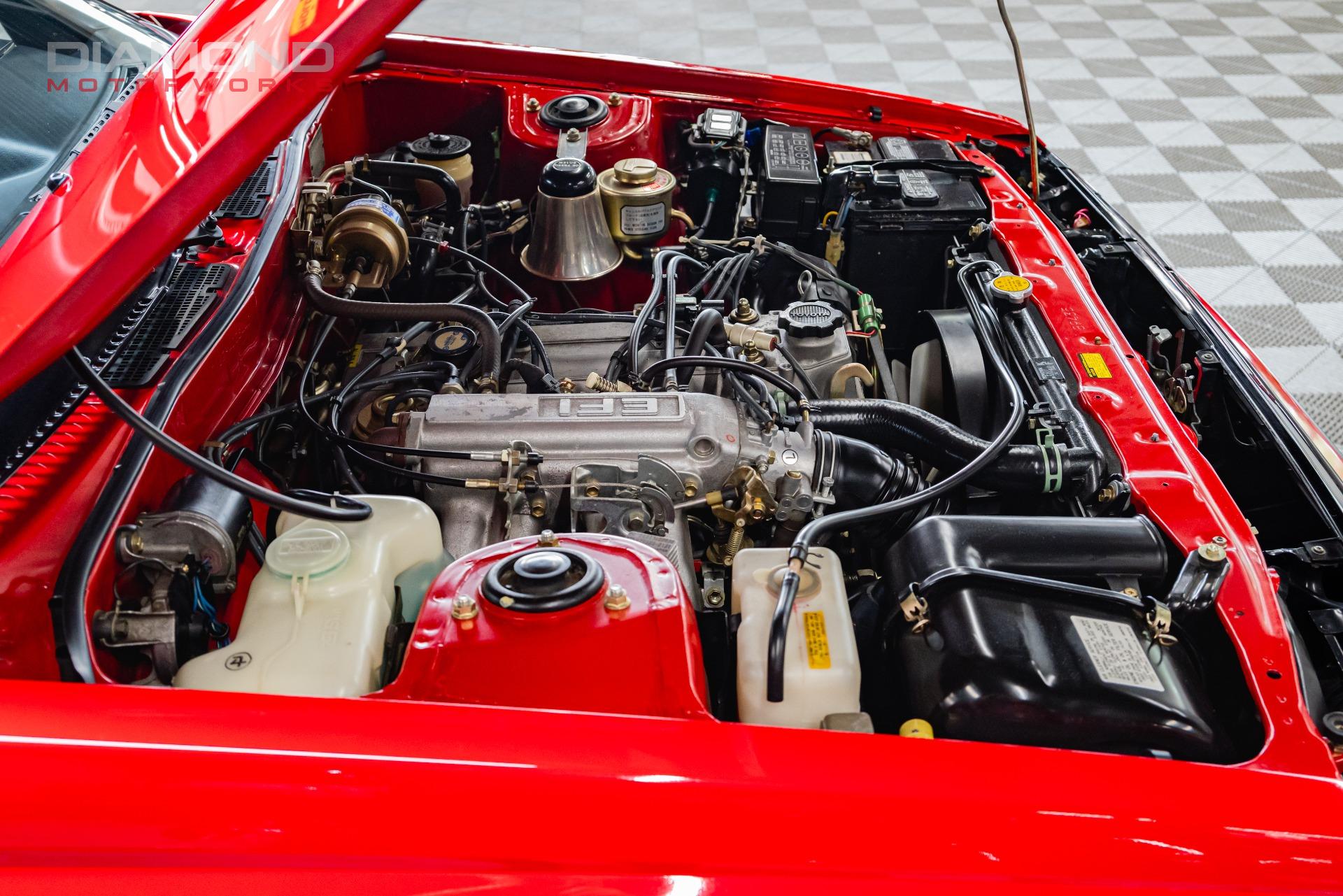
While the base 1985 Toyota Celica GT made do with a reliable but modest SOHC engine, the real prize lay under the hood of the 1985 Celica GTS hatchback.
This variant received the venerable 2.4-liter 22R-E, a fuel-injected four-cylinder unit known for its bulletproof reliability and surprisingly broad torque curve.
Producing 105 horsepower and 136 lb-ft of torque, it was no rocket ship, but the engine's tractability and low-end pull made it perfectly suited for spirited driving without constant gear changes.
It’s worth noting that Toyota’s engineers were experimenting with performance at both ends of the Celica lineup. Overseas markets received twin-cam variants, but the U.S. stayed with the single-cam setup—an arguably safer bet for long-term ownership and maintenance.
Today, it’s common to find high-mileage examples of the 1985 Toyota Celica for sale still running smoothly with their original 22R-E engines intact.
The GTS Difference: Not Just Cosmetic
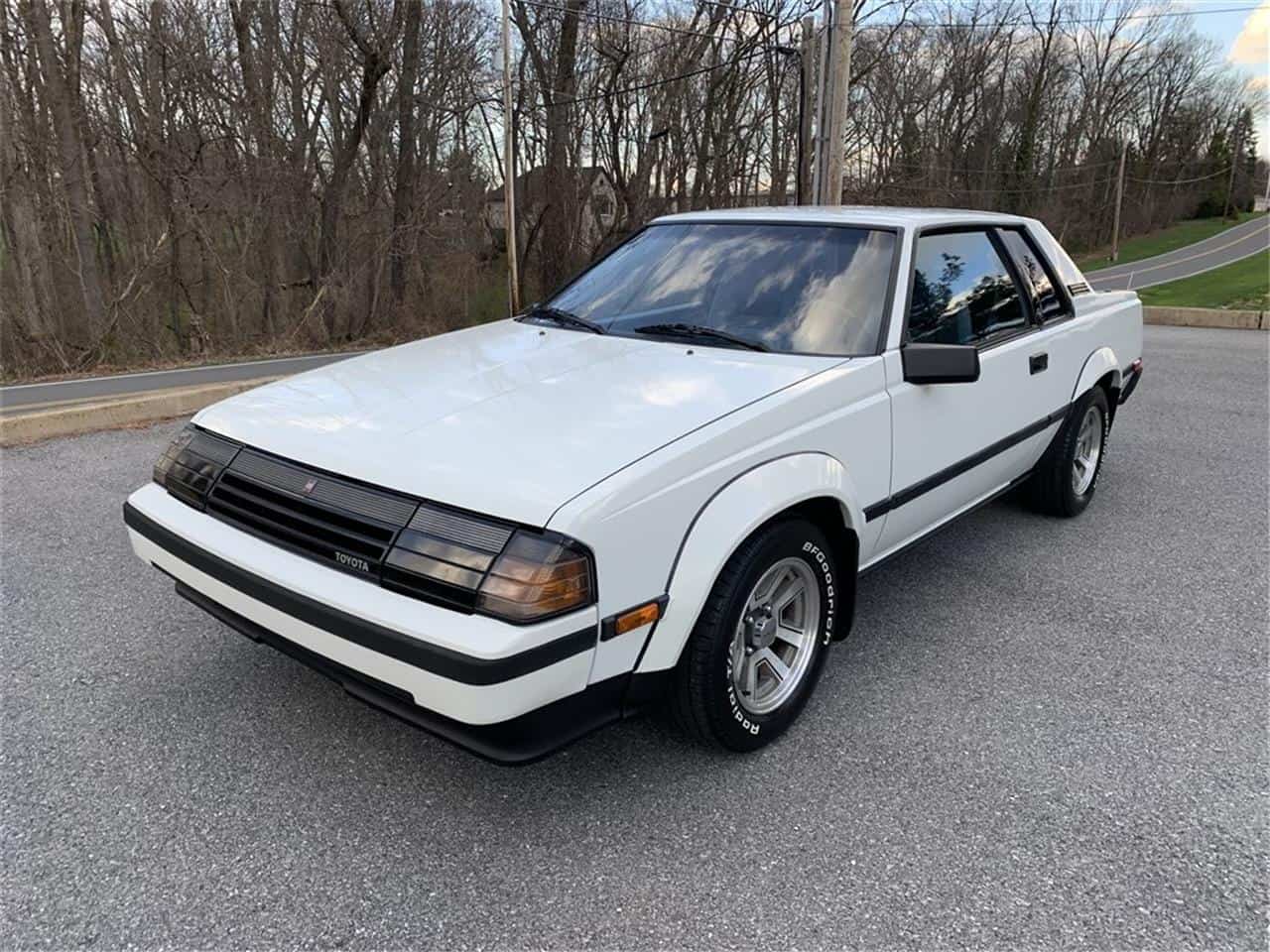
'85 Celica GT-S sedan.
The 85 Toyota Celica GTS wasn’t just a dressed-up GT. It came with serious hardware upgrades that turned it into a genuinely engaging sport coupe. Wider 14-inch wheels, rear disc brakes (a rarity in its class at the time), and a more aggressive suspension tune set the 1985 Celica GT-S apart from lesser trims.
Inside, the GTS offered premium touches; deeply bolstered sport seats, a leather-wrapped steering wheel, and a full suite of analog gauges. The driver-centric cockpit, complete with a center stack that slightly tilted toward the driver, emphasized Toyota's attention to ergonomics and driving pleasure.
Curiously, the 1985 Toyota Celica GT-S offered an optional electronically controlled suspension system, a precursor to the adaptive dampers seen in today’s performance cars. This little-known feature gave drivers the ability to toggle between ride settings, an incredible innovation for a car that, when new, started around $10,000.
Forgotten By Collectors, Loved By Real Enthusiasts
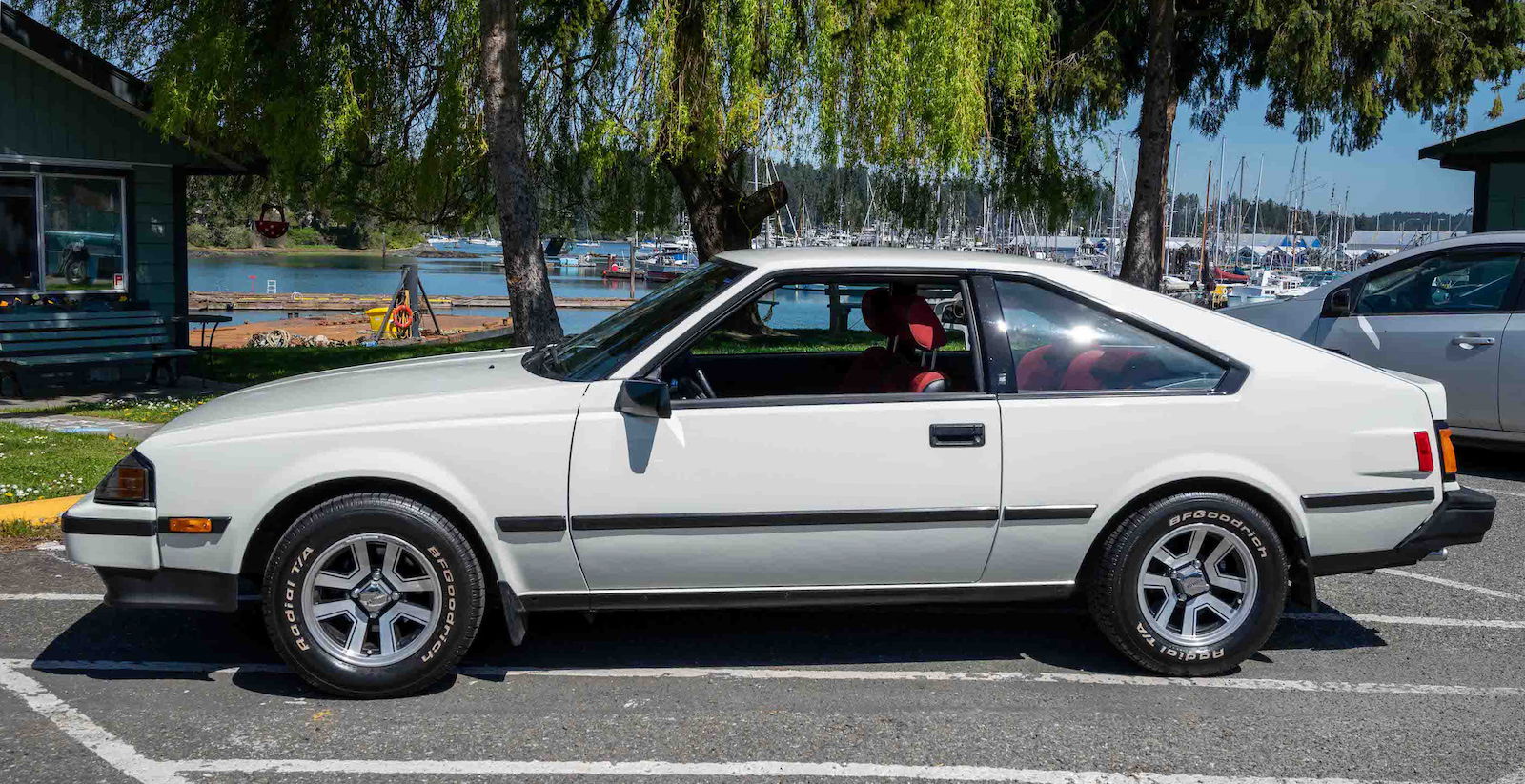
'85 Celica GT.
Despite its many virtues, the 1985 Toyota Celica GTS remains largely forgotten by collectors, overshadowed by the Supra’s turbocharged bravado and the Corolla AE86’s rear-wheel-drive drifting cred.
But for discerning enthusiasts, that’s precisely what makes the 85 Celica GTS such a compelling proposition today.
Affordable, reliable, and surprisingly fun, the 1985 Toyota Celica GT-S has all the ingredients of a classic worth preserving.
Whether you're browsing Craigslist, Bring a Trailer, or enthusiast forums, listings for a clean 1985 Toyota Celica for sale are getting harder to find. Rust, neglect, and a general lack of appreciation have taken their toll, but that scarcity only adds to its charm.
The Celica Legacy: A Stepping Stone To Greatness
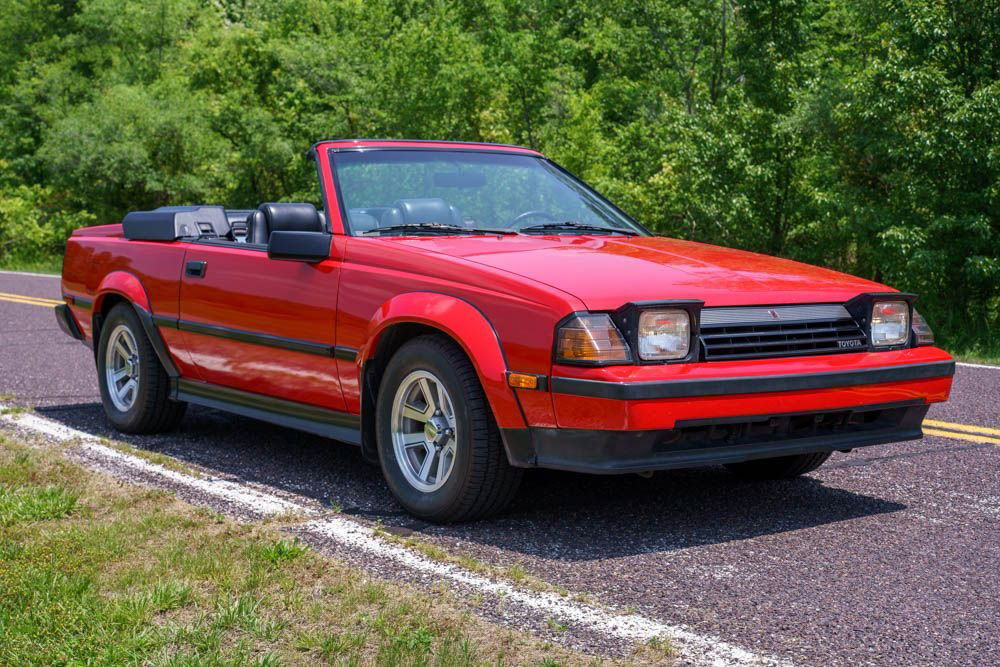
'85 Celica GT-S convertible.
It’s easy to forget that the Celica line was the progenitor of Toyota’s WRC dominance in the 1990s. While the 1985 Toyota Celica GT wasn't turbocharged or AWD, it laid the foundation for what would eventually become the GT-Four and All-Trac legends.
The GTS, in particular, was a testbed for Toyota’s evolving ideas around chassis tuning and sporty daily drivability.
Moreover, the 1985 Celica GTS coupe helped cement Toyota’s reputation for building affordable cars that didn't compromise on fun. It bridged the gap between practical commuter and weekend warrior, an ethos that cars like the Subaru BRZ and GR86 carry forward today.
The Market Today: A Bargain You Shouldn’t Overlook

In an increasingly overpriced classic car market, the Toyota Celica 1985 remains a breath of fresh air. You can still find examples of the 1985 Toyota Celica GTS hatchback under $10,000—sometimes well below that for higher-mileage units.
Enthusiasts in the know are snapping them up as nostalgic daily drivers or restoration projects.
And make no mistake: the aftermarket is alive and well. From coilovers to period-correct wheels and even 3D-printed interior trim pieces, there's a growing support system for owners looking to revive or personalize their 1985 Celica GT-S.
It's time to reassess the Celica's place in history
The 1985 Toyota Celica GTS was never about chasing headlines or bragging rights. It was real about balance, engineering precision, and delivering smiles per mile in a tidy, aerodynamic package.
Nearly 40 years later, it’s time to give the 85 Toyota Celica the respect it deserves.
Whether you're a seasoned Toyota enthusiast or a curious newcomer browsing a 1985 Toyota Celica for sale, one thing’s clear: the fourth-gen Celica isn't just another '80s coupe—it's a hidden gem in Japan’s performance legacy.
The Celica's Return Confirmed
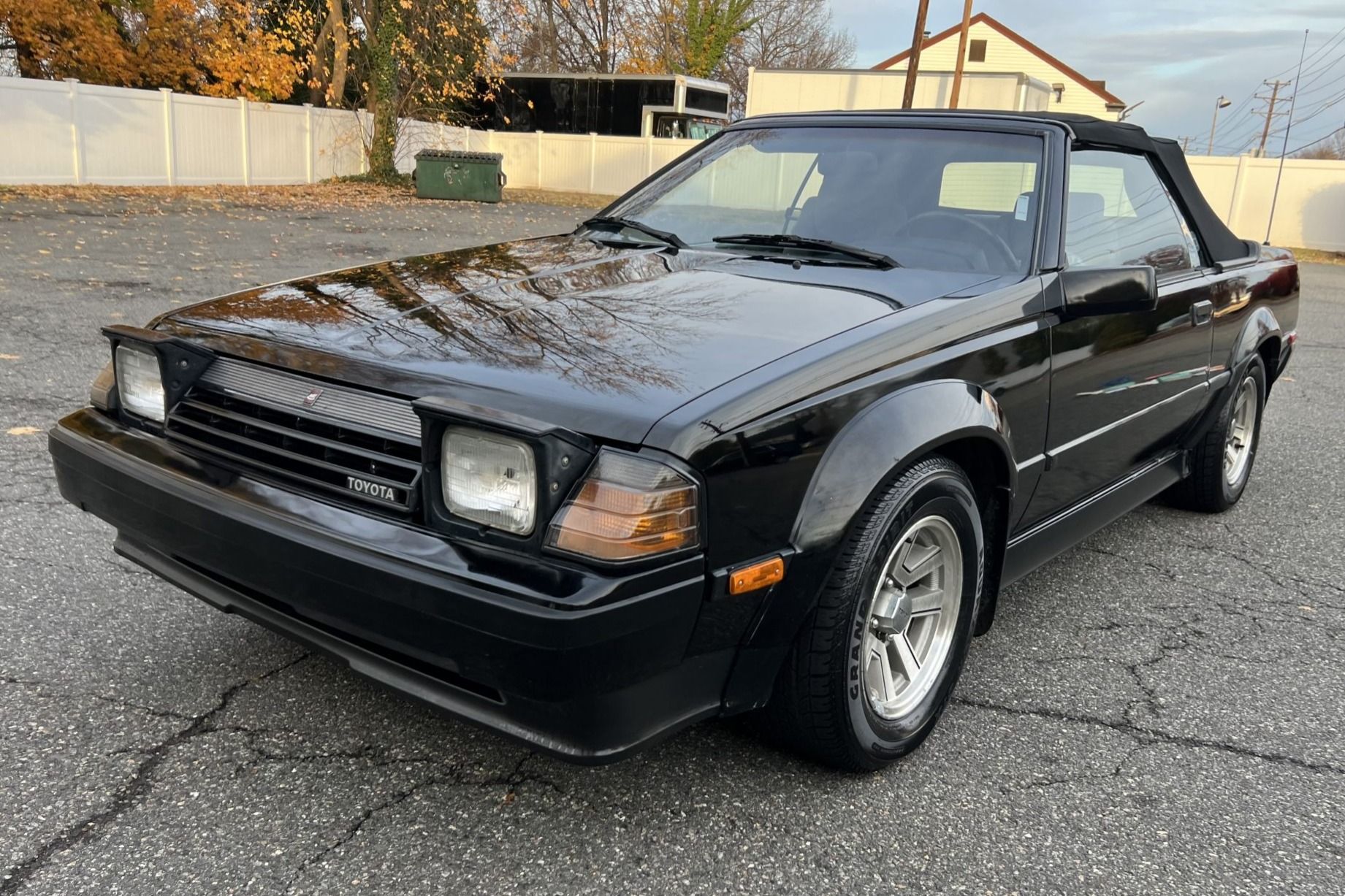
Once the poster child for rally-inspired street performance, the Celica is gearing up for a major return.
After being out of production since 2006, Toyota has confirmed that a brand-new version is on the horizon. And this isn’t just a nostalgic rehash; it’s a complete reimagining of what the Celica can be.
In November 2024, Toyota Executive Vice President Yuki Nakajima surprised attendees at Rally Japan when he stated, “We're making the Celica!”, hinting that the revival is well underway.
Chairman Akio Toyoda and now-president Koji Sato have both publicly expressed that bringing back the Celica is a personal and strategic ambition.
First off, they’re flipping the game with a mid-engine layout. That’s a serious departure from its front-engine past and suggests a clear focus on achieving sports car-level balance and handling.
The powertrain would be a 2.0-liter turbocharged engine rumored to churn out over 400 horsepower. That kind of output, matched with a 6-speed manual gearbox, is enough to make any driving purist sit up straight.
Toyota showcased new engines at the 2025 Tokyo Auto Salon: the G20E (2.0L turbo, ~400 hp road / 600 hp race) and X20/X15 engines for electrified or pure ICE use.
Forbes reports the Celica will adopt a mid-engine layout, pairing a 2.0L turbo with AWD, a 6-speed manual, and GR-Four torque-split system—echoing rally heritage .
CarThrottle and NDTV further suggest options like hybrid powertrains or engines sourced from the GR Corolla or Lexus NX350.
Even better, there’s talk of an all-wheel-drive system based on what Toyota’s done with the GR Corolla, which means this car might handle twisty roads like it was bred for rally stages.
The new Celica is expected to keep up with modern cabin expectations—think customizable driving modes like Eco, Sport, and Track, plus a suite of high-tech features in both entertainment and safety. A digital cockpit would likely tie it all together.
Design-wise, it’s said to draw inspiration from Toyota’s futuristic FT-Se concept. The result? A low-slung, aggressive coupe silhouette that pays homage to the Celica’s roots while turning heads with contemporary flair.
And if the rumors hold, Toyota may launch it as part of their Gazoo Racing (GR) lineup, which is where all their most spirited performance machines live these days.
Toyota has filed trademarks globally—including in Brazil, Australia, and the U.S.—under the GR Celica nameplate, signaling a performance-focused, Gazoo Racing (GR) model.
Toyota has confirmed development is well underway, though full-scale production and market rollout may still be in the planning stages. Major outlets like Forbes and Autocar suggest a 2026–2027 production debut.